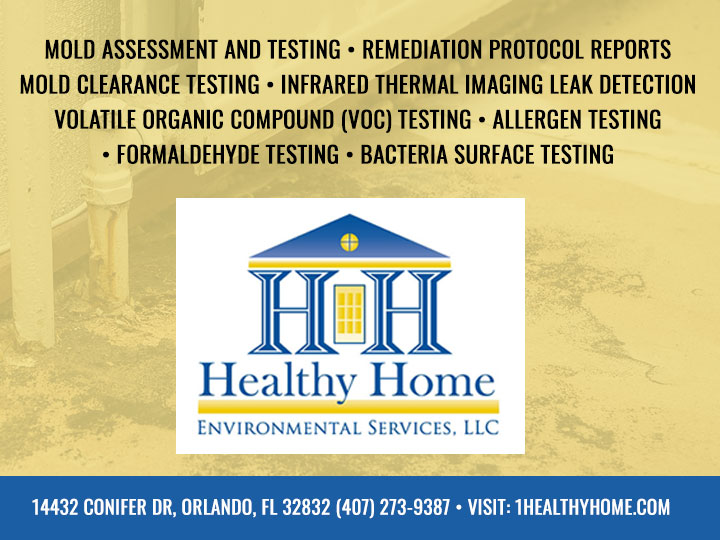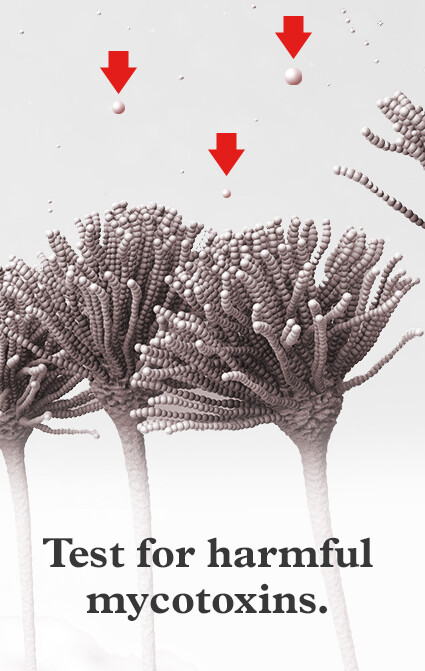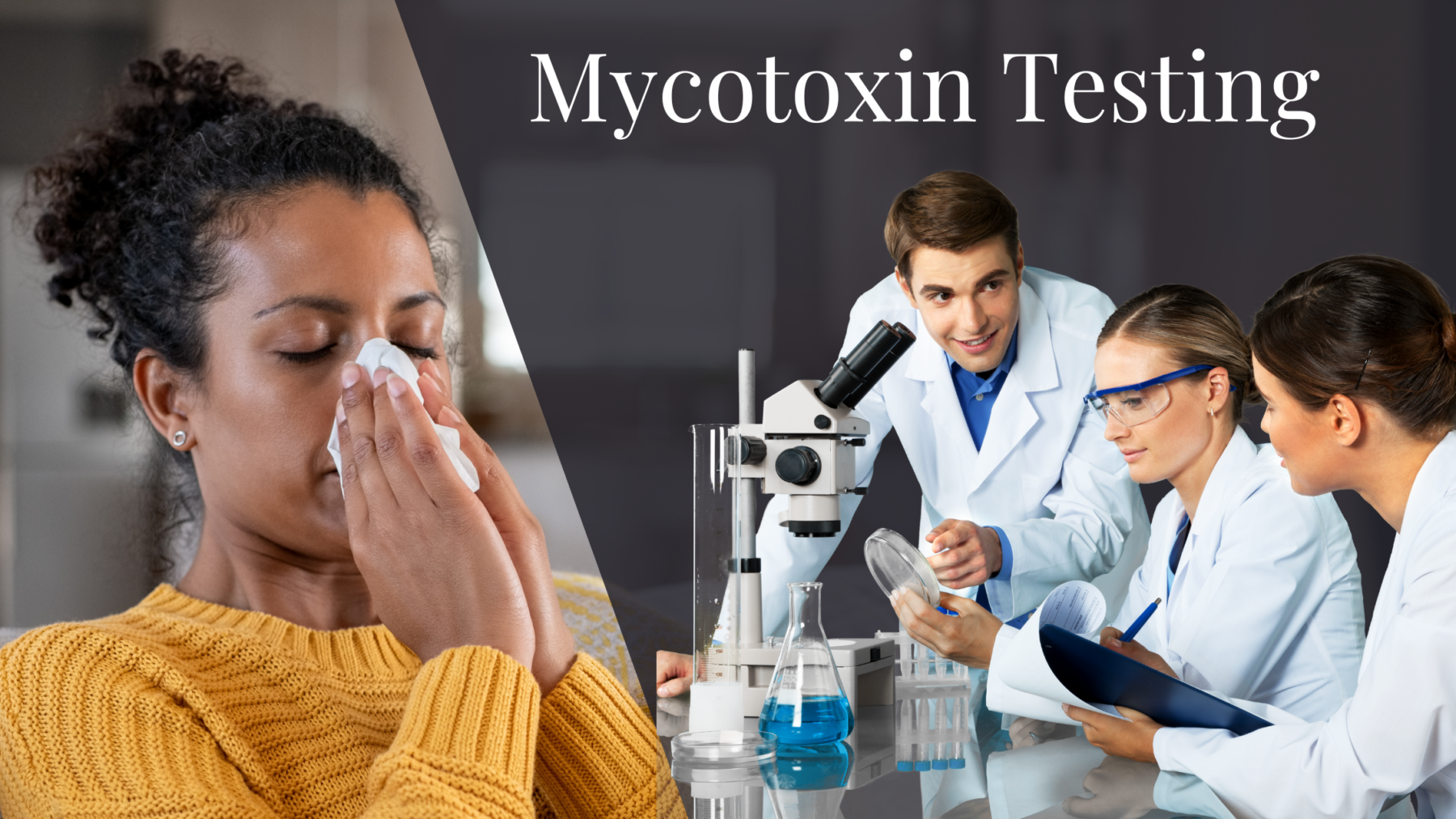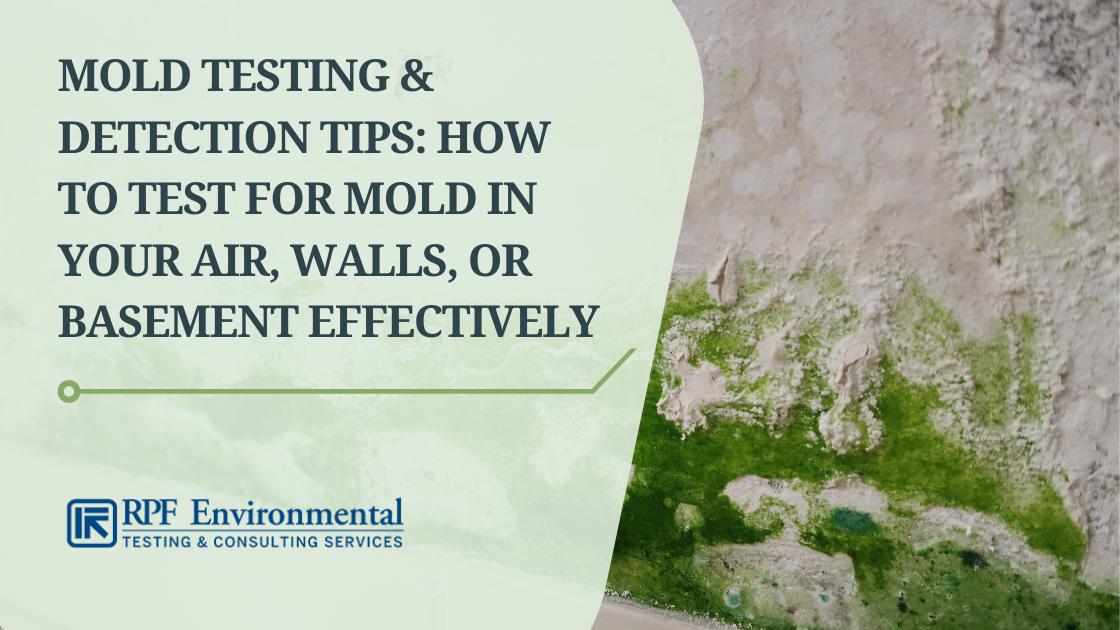Comprehensive Solutions for Your Mycotoxin testing Services Requirements
Comprehensive Solutions for Your Mycotoxin testing Services Requirements
Blog Article
Exactly How Mycotoxin Testing Assists Stop Contamination and Secure Food Materials

Mycotoxin screening is an important technique in the food sector, working as a frontline defense versus contamination by hazardous toxins generated by molds. Via the application of advanced methods like High-Performance Fluid Chromatography (HPLC) and Fluid Chromatography-Mass Spectrometry (LC-MS), food producers can properly detect and evaluate mycotoxin degrees in farming products. This positive approach not just ensures conformity with strict safety and security guidelines but additionally minimizes wellness risks to customers. Furthermore, routine screening fortifies brand online reputation and monetary health by lowering contamination-related events. How precisely do these screening protocols incorporate right into the broader food security approach?
Understanding Mycotoxins
Comprehending mycotoxins begins with identifying that they are poisonous second metabolites generated by particular mold and mildews, which can infect farming products. These metabolites are not necessary for the development or reproduction of the fungi but can have severe effects for animal and human wellness. Mycotoxins are generally located in staple crops such as corn, wheat, barley, and nuts, where they can proliferate under specific problems of dampness and temperature level.
There are a number of sorts of mycotoxins, each produced by different fungal varieties. Aflatoxins, generated by Aspergillus types, are among the most notorious, known for their carcinogenic residential properties. One more considerable group includes ochratoxins, generated by Aspergillus and Penicillium varieties, which have nephrotoxic impacts. Fusarium species produce trichothecenes and fumonisins, both of which are associated with different acute and persistent health and wellness problems.

Threats of Mycotoxin Contamination
The dangers of mycotoxin contamination are multifaceted, posturing substantial risks to both food safety and public wellness. Mycotoxins, poisonous compounds produced by particular kinds of fungi, can contaminate a wide array of farming products consisting of cereals, nuts, seasonings, dried fruits, and coffee.
Financial effects are an additional major worry. Contaminated plants can cause significant economic losses for farmers and food manufacturers because of decreased returns and the requirement for expensive purification measures. Global profession can be considerably impeded as nations apply strict mycotoxin policies to safeguard their populaces, leading to turned down deliveries and stretched profession relationships.
Environmental factors such as climate change intensify the danger of mycotoxin contamination. Variants in temperature level and moisture can create favorable conditions for fungal growth, enhancing the possibility of contamination events. Thus, understanding and reducing these risks are important for making certain the safety and security and honesty of international food products.
Approaches of Mycotoxin Checking
Precisely determining mycotoxin contamination in agricultural products is vital for safeguarding public health and keeping food safety and security criteria. Different techniques are employed to detect and quantify mycotoxins, each offering details benefits and restrictions.
High-Performance Liquid Chromatography (HPLC) is an extensively made use of technique due to its high level of sensitivity and accuracy. It includes separating mycotoxins from various other compounds in a sample, enabling exact quantification. Similarly, Fluid Chromatography-Mass Spectrometry (LC-MS) integrates liquid chromatography with mass spectrometry to offer detailed molecular details, making it especially helpful for identifying several mycotoxins concurrently - Mycotoxin testing Services.

Gas Chromatography-Mass Spectrometry (GC-MS) and Thin-Layer Chromatography (TLC) are also employed, each with unique applications. GC-MS is efficient for unstable mycotoxins, while TLC provides a simpler, cost-effective alternative for initial screening.
Advantages of Normal Examining
Normal testing for mycotoxins in agricultural products supplies countless advantages, dramatically adding to public wellness and food security. By identifying contamination early, regular screening assists avoid the distribution of harmful foods, thereby lowering the danger of mycotoxin-related diseases among customers. This positive method not just safeguards human health and wellness however also boosts the general high quality of food products.
Regular screening likewise sustains governing compliance. Various countries and regions have developed rigid limitations for mycotoxin levels in food and feed. Abiding by these limits through normal screening makes certain that distributors and producers fulfill legal criteria, thus staying clear of penalties and profession barriers. Keeping compliance cultivates consumer trust fund and brand name reputation, which are important for market success.
Furthermore, routine mycotoxin testing can bring about considerable financial advantages. Early discovery of contamination enables timely treatment, reducing potential losses from extensive contamination. Implementing regular testing procedures can also minimize recall costs and associated responsibilities, which can be financially ravaging.
In addition, normal screening gives valuable data that can notify much better agricultural methods and storage space conditions. By comprehending patterns of contamination, manufacturers can take on preventative actions, thus decreasing future dangers and adding to the sustainability of the food supply chain.
Carrying Out Checking Procedures
Executing effective mycotoxin testing procedures is vital for making sure the safety and quality of farming products. Each phase needs to be inspected to pinpoint where mycotoxin contamination is most likely to take place.
As go right here soon as important control points are recognized, choosing suitable screening approaches is necessary. Typical techniques consist of enzyme-linked immunosorbent assay (ELISA), high-performance liquid chromatography (HPLC), and mass spectrometry (MS) Each approach has its weaknesses and strengths; thus, picking the right one depends upon the specific mycotoxin being evaluated, the called for sensitivity, and readily available resources.

Finally, integrating the testing procedures right into a thorough food security management system is suggested. This improves traceability and makes it possible for quick corrective activities when contamination is spotted, therefore their explanation securing the integrity of the food supply chain.
Verdict
Mycotoxin testing is crucial in stopping contamination and safeguarding food materials by making it possible for early discovery of dangerous toxins created by mold and mildews in agricultural products. Advanced approaches such as HPLC and LC-MS guarantee conformity with safety and security policies and shield consumers from wellness risks. Normal testing improves brand track record, economic stability, and count on food safety and security by reducing contamination-related losses and keeping high standards in food production. Applying rigorous testing methods is thus essential for the market's total health.
Mycotoxin testing is a vital technique in the food sector, offering as a frontline protection versus contamination by hazardous toxins produced by mold and mildews. An integrated technique involving agricultural methods, storage administration, and routine testing can alleviate the threats linked with mycotoxin contamination, Full Article making certain food safety and public health.
The threats of mycotoxin contamination are complex, posturing substantial dangers to both food safety and security and public wellness.Normal screening for mycotoxins in farming products offers numerous advantages, dramatically contributing to public wellness and food safety and security.Mycotoxin testing is necessary in stopping contamination and protecting food supplies by enabling very early discovery of dangerous toxic substances produced by mold and mildews in farming products.
Report this page